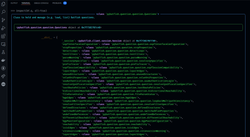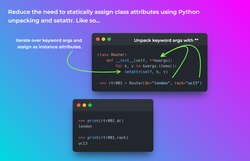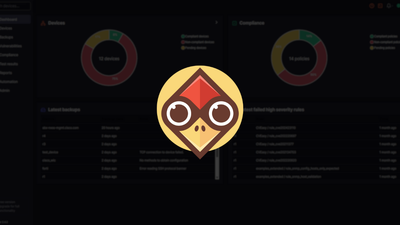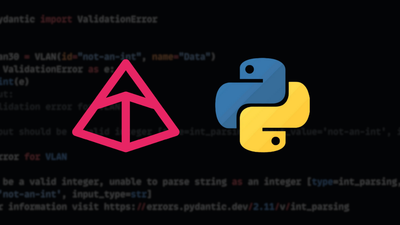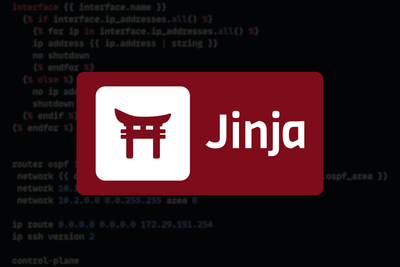The other day I was asked:
How do I get usernames and passwords into my Python scripts? For example to use with Netmiko, Scrapli or Nornir.
The simple answer to this is the library python-dotenv.
Whats python-dotenv?
python-dotenv is a library that loads your environment variables from a .env file. You can then use these environment variables with your Python script using the os module.
Example
Install
pip install python-dotenv
Create .env
DEVICE_USERNAME=user
DEVICE_PASSWORD=abc123
Create Script with python-dotenv
Below shows you how to use python-dotenv in your script.
# Import os
import os
from dotenv import load_dotenv
# Load the .env file
load_dotenv()
cisco_device = {
"device_type": "cisco_ios",
"host": "172.29.151.3",
# Get the credentials from the environment variable using os.
"username": os.getenv("DEVICE_USERNAME"),
"password": os.getenv("DEVICE_PASSWORD"),
}
If we were to now print cisco_device will would see our credentials. Like so:
>>> print(cisco_device)
{
"device_type": "cisco_ios",
"host": "172.29.151.3",
"username": "user",
"password": "abc123",
}
Best Practice
.gitignore
When dealing with source control ensure you are using a .gitignore file.
This file will contain the various file names that will be ignored when adding your files into source control. Including .env. This will prevent you from adding your .env along with your credentials into source control!
.env.example
Because you won't be adding your .env into source control you need a way to tell folks what environment variables your script(s) will expect. Therefore a common practice is to create an example .env file with the environment variable names that folks can use as a template. e.g:
$ cat .env.example
DEVICE_USERNAME=<username>
DEVICE_PASSWORD=<password>
Well, that's a wrap from me. I hope you`ve found this useful, and happy Packet Coding!






